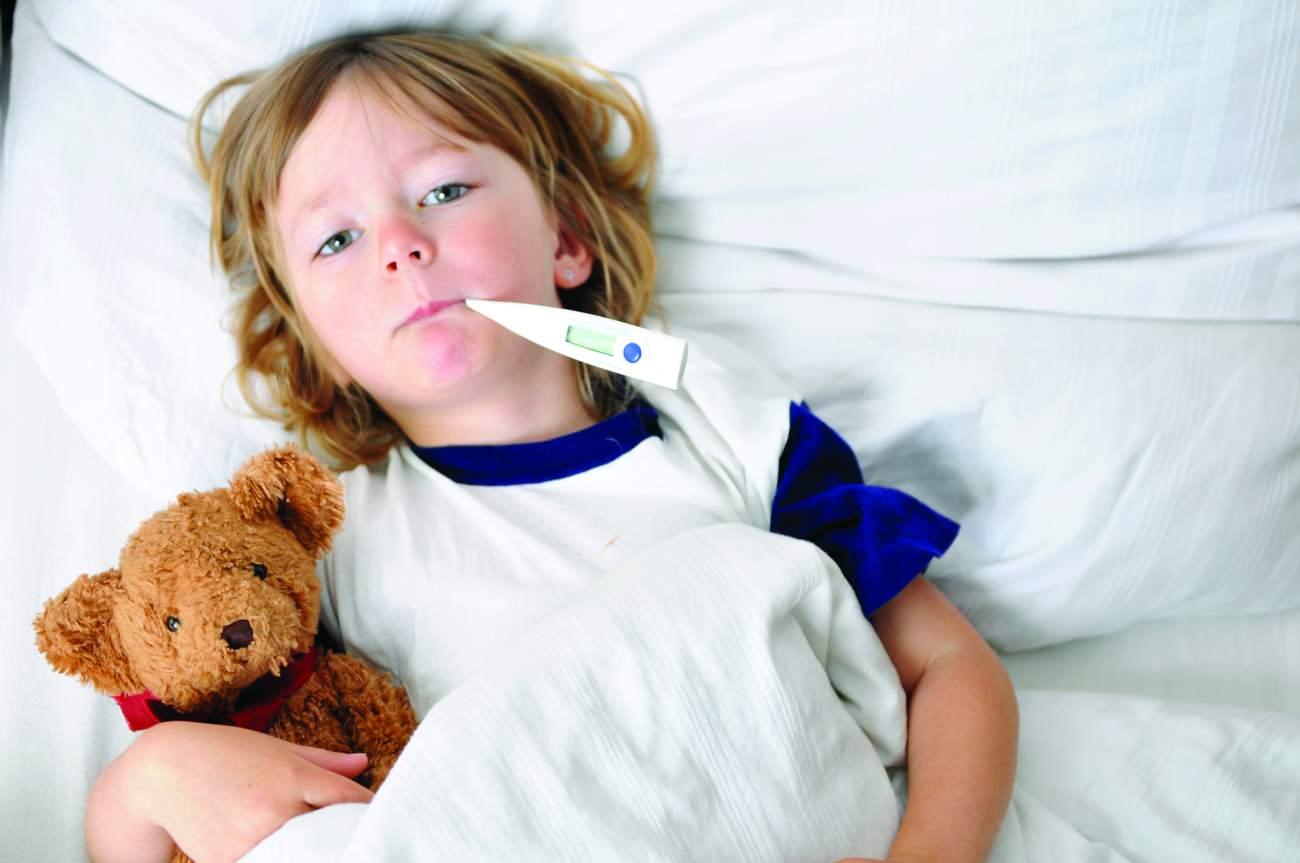A body temperature above 37.3°C in the armpit, 38.0°C in the ear and rectal (buttock) measurement is considered as fever.
Fever is not as bad as we think, it actually has benefits. We can say that it is an indicator of the body’s fight against infection.
The immune-defense system works better with an increase in fever.
Since blood flow will increase with fever in the infection area, defense cells work more effectively and this body temperature slows down the proliferation of germs.
What are the dangers of fever?
It makes the heart and lungs work harder (it also speeds up metabolism in the whole body)
This becomes risky in cases of febrile convulsions, heart and lung diseases. The fever must be brought down quickly.
*** Fever is not an emergency.
Fever emergencies:
- > 40 C fever
- Baby less than 30 days old
- Extremely haggard looking child
- Change in consciousness, restlessness, not recognizing the mother
- Purple rashes that start all over the body and do not fade with pressure
- Respiratory distress, eating disorder
Fever measurement methods:
- Armpit digital thermometer:Safe to use. Mercury is not recommended in the childhood age group due to the possibility of poisoning in case of breakage, so we prefer digital measurement.
- Ear thermometer:The device I use most often and recommend the most. Easy to use and fast.
- Non-contact thermometers:One of the devices whose popularity has increased due to the pandemic. However, frequent calibration is required and if calibration is not done, the measurement is incorrect. I do not say do not use it, but when you reach the number of measurements specified in the user manual, make sure you calibrate it!
- Smart thermometers with Bluetooth body monitors:They are still very new devices, there are not enough studies, but in 2 studies comparing measurement with axillary measurement, it was found to be the same sensitivity as axillary measurement. They are also affordable and may be suitable for children who are very agitated due to the thermometer and do not have it measured.
Enough devices for home use.
Treatment of fever
Medicines we used in childhood to treat fever
- Paracetamol (first choice, safe, few side effects but long duration of action, starts to work after about 50-60 minutes after administration. syrup and suppository form available)
- Ibuprofen (second choice drug, recommended for use after 6 months, shorter duration of action than paracetamol, starts working at about 35-40 minutes. Available in syrup and suppository forms).
The choice of medication should be decided by your physician in the light of the patient’s age, diagnosis, fever resistance and additional findings. Although what I have written is general information, whatever your physician has recommended for your current situation is the best one.

